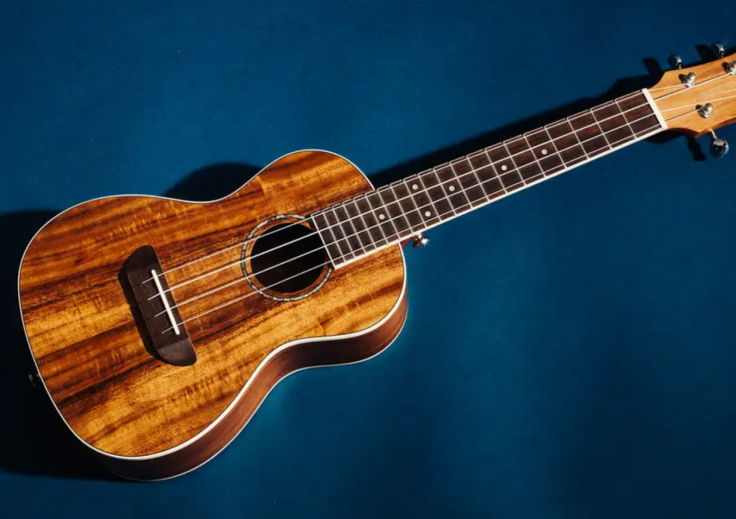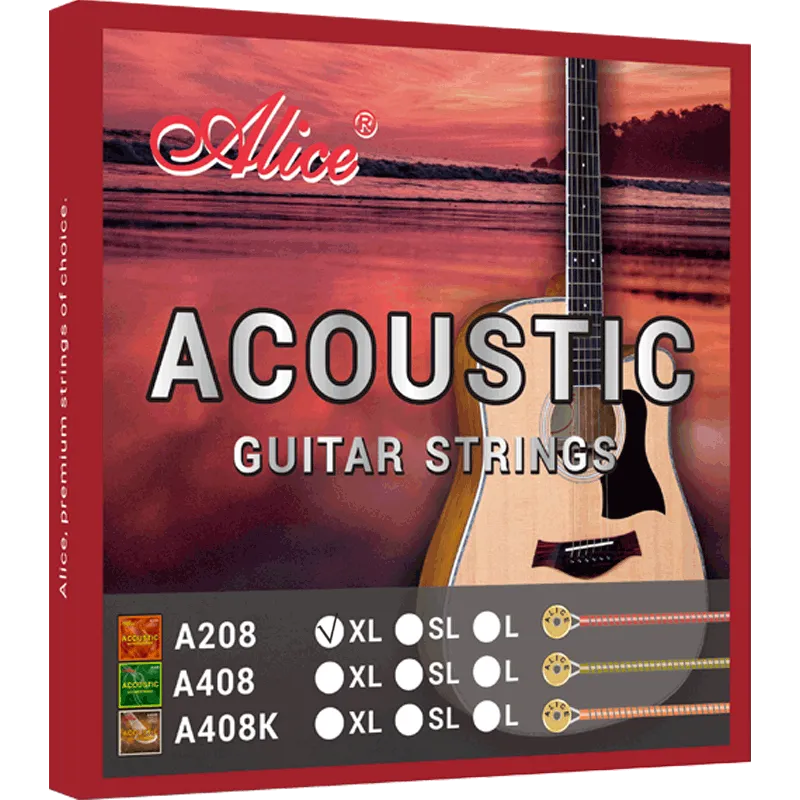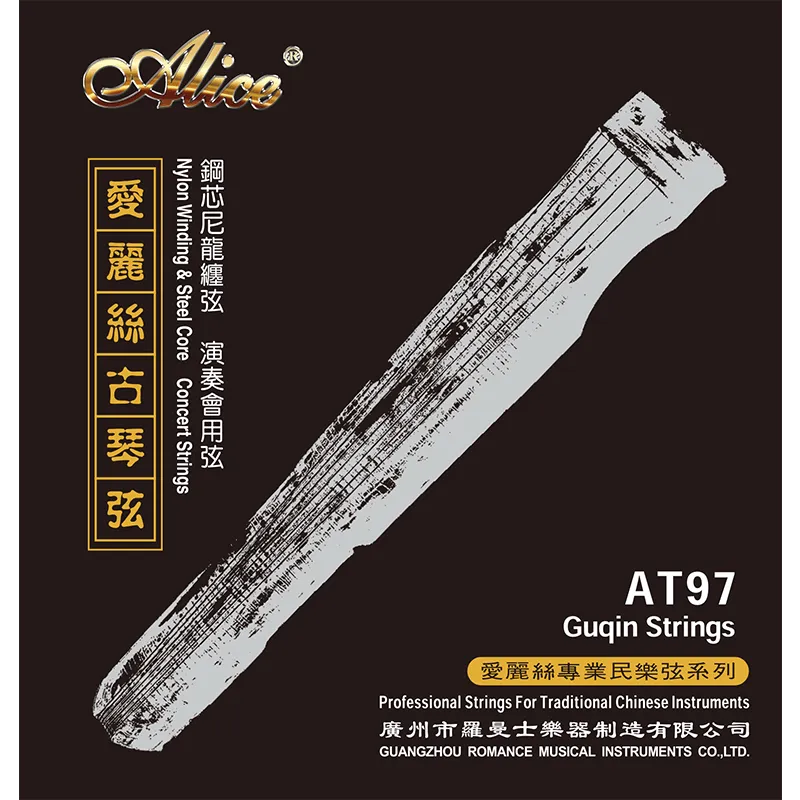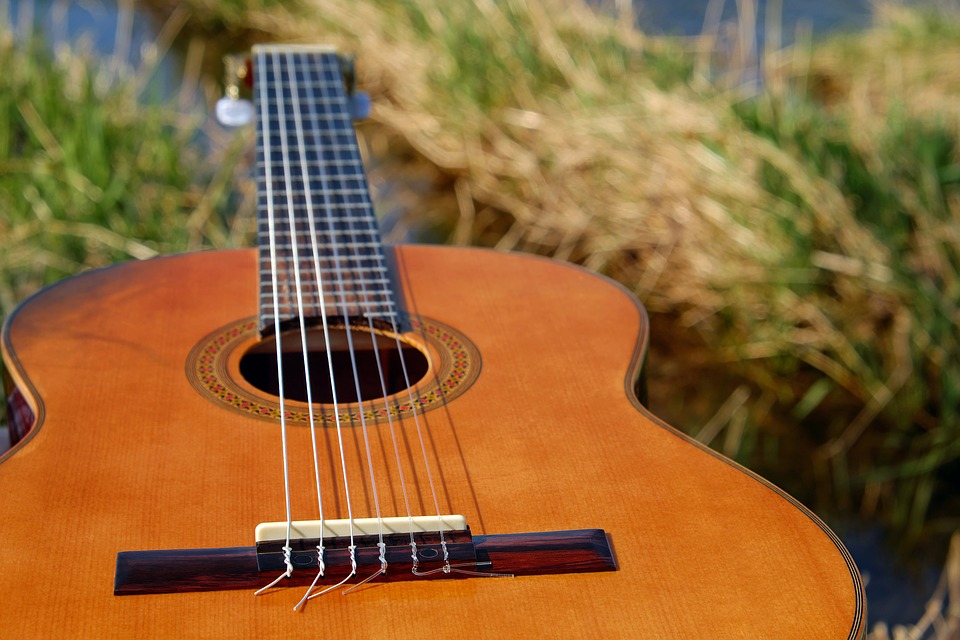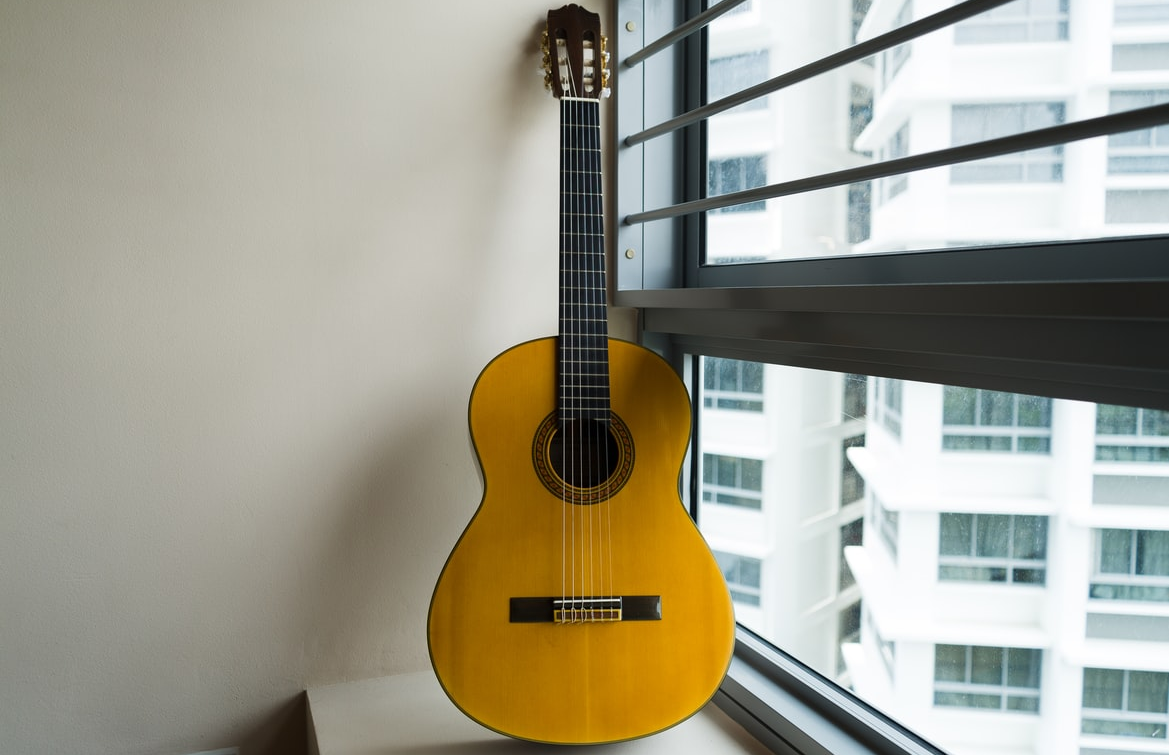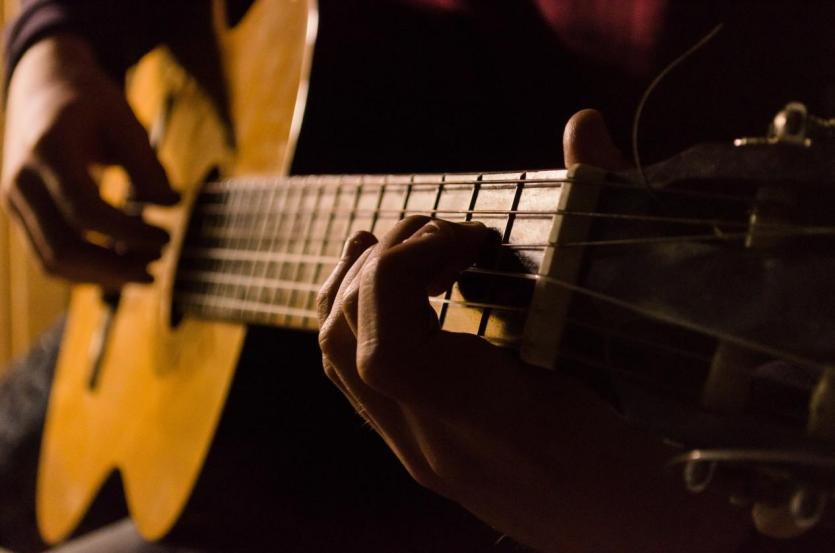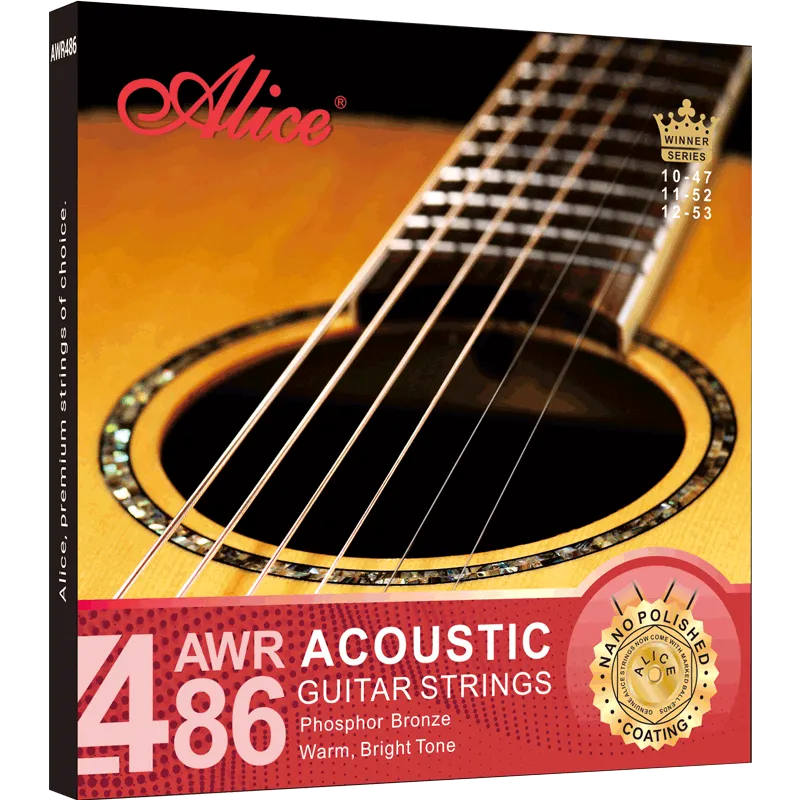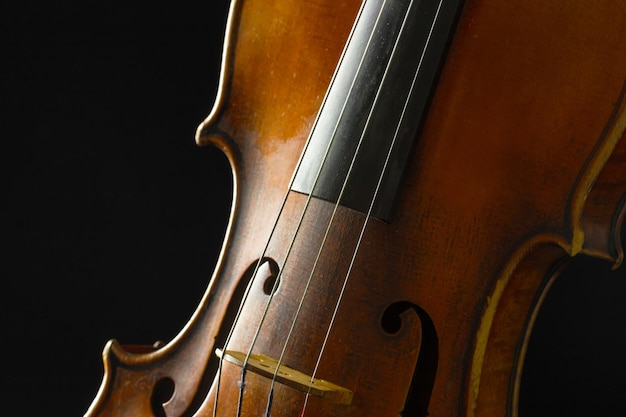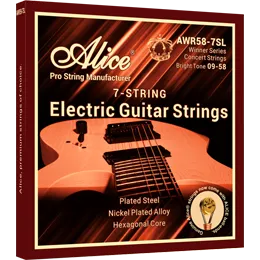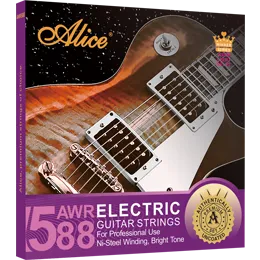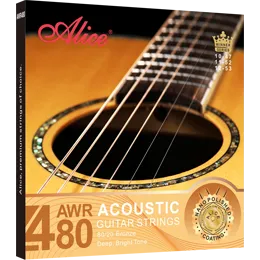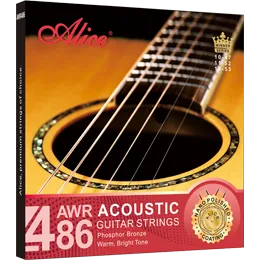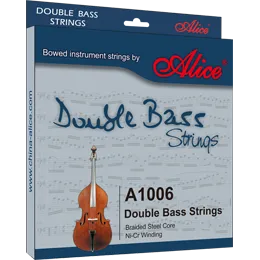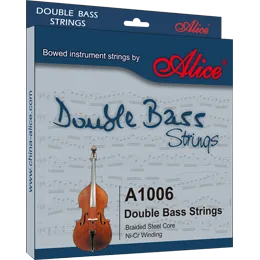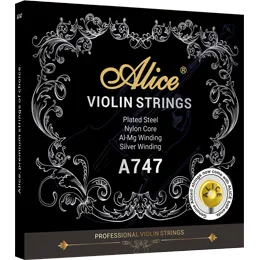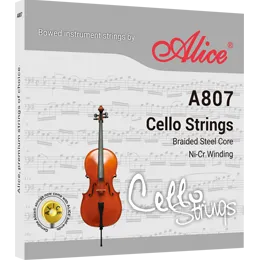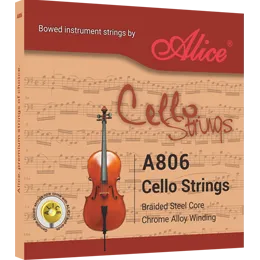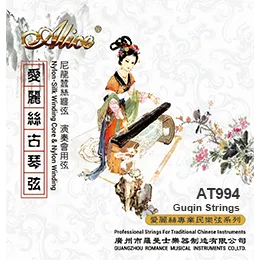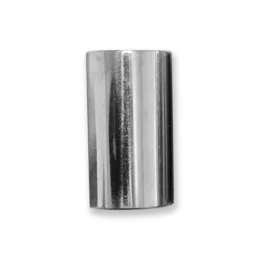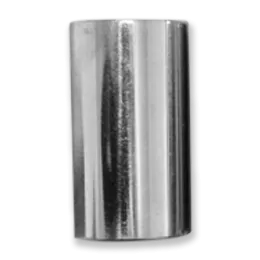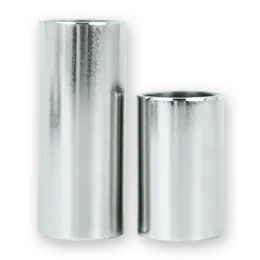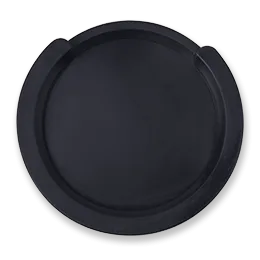The ukulele (4-string version) has become one of the most popular entry-level instruments for starters to learn over the past few years. It is an excellent instrument as it is relatively easy to get the hang of and requires minimal equipment. The small size also makes it perfect for those with limited space in their home or studio. Additionally, the best ukulele strings produce a unique sound and are highly versatile in their capabilities.
It can be used for various genres, including pop, rock, and folk music. Furthermore, many online resources are available to help you start playing the ukulele.
With all that said, it's easy to see why the ukulele has been such a popular choice for beginners!
Some Popular Ukulele Songs to Play
Somewhere Over the Rainbow by Israel Kamakawiwo'ole
I'm Yours by Jason Mraz
Riptide by Vance Joy
Hallelujah by Leonard Cohen
Hey Soul Sister by Train
Wonderwall by Oasis
Lava by Kuana Torres Kahele
These all make great songs to start with when learning the ukulele. Additionally, experimenting with different strumming patterns and chords on the best ukulele strings can help you develop your unique playing style with some practice; you'll soon be able to play all sorts of popular songs!
How to Put Your Fingers on the Ukulele Strings
Playing the ukulele is all about placing fingers in the correct position on the strings. After getting the best ukulele strings, it is time for you to learn the Ukulele fingers order.
Start by putting your index finger on the first string and your middle finger on the second string.
Then, place your ring finger and pinky finger on the third and fourth strings, respectively. Getting the hang of this may take some practice, but you can play chords and melodies easily with patience.
Learning the ukulele can be a fun and rewarding experience. The key is to practice regularly and never give up! Remember, the more you practice, the better you'll get.
Playing Techniques of Ukulele
Several techniques are commonly used when playing the best ukulele strings.
Hammer-on: A hammer-on is a technique for moving from one note to another without re-plugging a string. You play the string once but can play multiple notes by hammering on it. Place your index finger on the E string's second fret, pluck the string, and immediately press down on the E string's fourth fret. You played two notes with just one pluck of the string here. The hammer-on movement is entirely in your fingers; there is little or no wrist movement.
Pull-off: The pull-off is the inverse of the hammer-on. Place your fingers on the A string's third and fifth frets. Pluck the string and lift one finger from the 5th fret, allowing you to play the 3rd fret. Like before, you're playing multiple notes with one pluck but removing your finger to let the open note (0) ring. If you play fast enough, you can do this with multiple notes, like hammer-ons. Because the ukulele has limited sustain, we can only play a few notes for each hammer-on or pull-off.
Slide: We'll slide up the notes instead of striking them after plucking the string. When sliding, make sure to keep a firm grip on the string. Pluck the E string on the second fret with your ring finger and slide to the fourth. You pass and play the third fret as you slide up the ukulele. If you slide correctly, you should be able to hear all three notes from the second to fourth fret. Experiment with making your slides longer from the second fret up and back. Going back and forth between a few notes is a significant slide effect.
Bending: A note is bent by pushing the string up or down. It literally "bends" the note's sound, making it higher pitched. Although it is more difficult to bend nylon strings than steel guitar strings, the effect can still be achieved. If the notation indicates a half bend, we only bend the note slightly (a half step), whereas a full bend attempts to bend the note entirely.
Trill: The trill is a fast pressing and releasing of a string, similar to hammer-ons and pull-offs. Return to the 2nd fret of the E string, pluck it, and quickly press and release the 4th fret. As previously stated, the ukulele lacks sustain, so our trills are limited, but they can still be useful. The trill will sound great if the string is plucked loudly and the pressing and releasing are done firmly and quickly!
Harmonic: Harmonics are produced by lightly touching a vibrating string at the fret level in specific locations on the fretboard. The natural harmonics are labeled 'NH' (natural harmonic) or similarly on tabs. This is a more difficult technique, particularly on the ukulele, and works best on larger Ukes, but when done correctly, it sounds like chimes.
Tremolo: You can practice tremolo to add a Spanish guitar sound to your ukulele playing. Tremolo on the best ukulele strings is achieved by rapidly strumming the strings back and forth with the index finger. It sounds simple, but it takes a lot of practice to put the right amount of pressure on the strings with your index finger while also moving your wrist correctly and quickly. To begin with, it may be easier to tremolo on a couple of strings and work your way up to all four. Once you've mastered striking all four strings quickly, the tremolo will sound fantastic.
These are just part of the many techniques you can use when playing the ukulele, so be sure to experiment and find out which ones suit your style best.
If you're looking for the best ukulele strings to get started, consider Alice ukulele strings AU048J. These strings are made with quality material and produce an excellent sound that will bring out the best in your playing.
For those looking for the best ukulele string set, the AU048J strings from Alice are perfect. These strings are made with golden carbon and provide a bright and elegant tone. They come with a unique bouncing granular feel to enhance your playing style. Additionally, they're suitable for all tenors (26") ukuleles and provide a GCEA tuning. With the AU048J strings, you can play all your favorite songs quickly!
Features:
● Suitable for tenor (26") ukuleles and master's concert strings
● Golden carbon plain strings
● String gauges: A - 0.022, E - 0.026, C - 0.032, G - 0.024
● Bright and elegant tone with a unique bouncing granular feel
● GCEA tuning
● Give the charm to sound; make music magic.
About Alice
Alice products are sold all over the world. We have a full presence in some of the most prominent professional music trade shows in Los Angeles, Frankfurt, Beijing, Shanghai, and Guangzhou. Our products have also been featured in popular music magazines like “Musical Instrument” and “China Musical Instrument Sourcing.”
Alice’s best ukulele strings are the perfect choice for both professional musicians and new starters. With superior materials, high-tech innovation, global presence, and industry honors, you can be sure that your ukulele will sound its best with Alice strings.
Make music magic with Alice!
